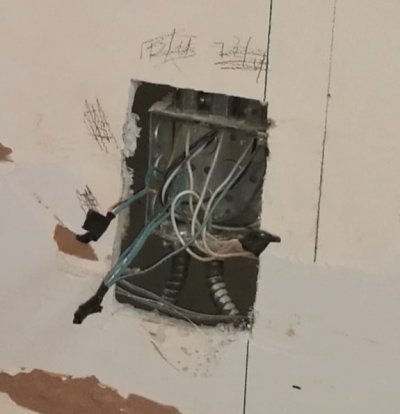Chuckanut
Give me a museum and I'll fill it. (Picasso) Give me a forum ...
Here is the final story on my problem electrical circuit. I think I dodged a few future bullets.
I hired an electrician I had used before to replace all the outlets on the problem circuit, and hopefully identify which caused the problem, mostly to satisfy my curiosity. He found three points of potential failure while checking the hardware. Which of these was the cause of the initial problem is a mystery, but any could have caused it.
One switch had a loose neutral wire where it was fasted to a house wire by one of those screw on winged connectors. That connection had come loose. One outlet had a loose back-stab neutral wire, and one outlet had both neutral and hot wires loose, again both back-stabs. Those back-stab springs were just worn out. Several other outlets had lost their ability to firmly hold in a plug. All the outlets were replaced with commercial grade hardware, up one level from the cheapest builder quality stuff.
I really need to consider having him back to replace the remaining outlets and switches in my home.
I hired an electrician I had used before to replace all the outlets on the problem circuit, and hopefully identify which caused the problem, mostly to satisfy my curiosity. He found three points of potential failure while checking the hardware. Which of these was the cause of the initial problem is a mystery, but any could have caused it.
One switch had a loose neutral wire where it was fasted to a house wire by one of those screw on winged connectors. That connection had come loose. One outlet had a loose back-stab neutral wire, and one outlet had both neutral and hot wires loose, again both back-stabs. Those back-stab springs were just worn out. Several other outlets had lost their ability to firmly hold in a plug. All the outlets were replaced with commercial grade hardware, up one level from the cheapest builder quality stuff.
I really need to consider having him back to replace the remaining outlets and switches in my home.
Last edited:

